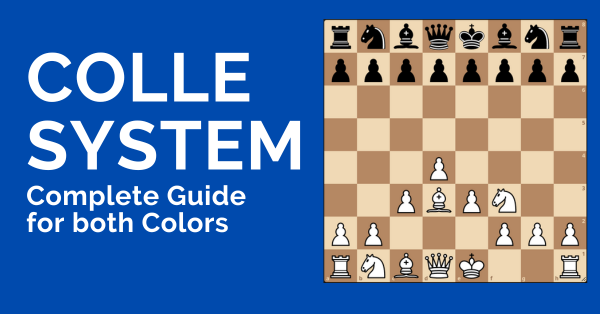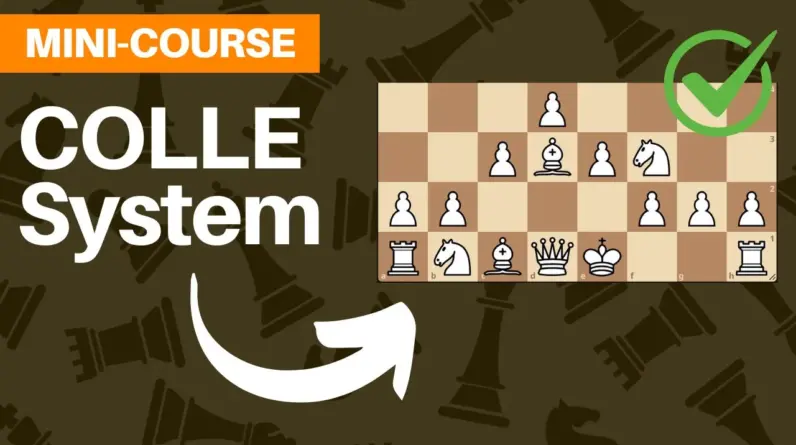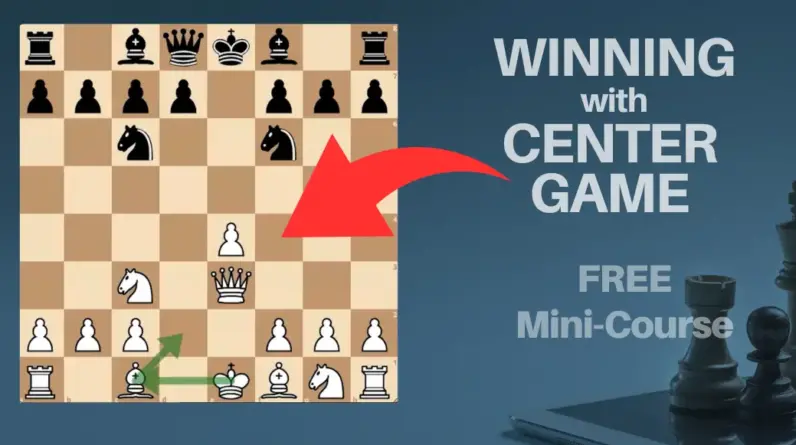One of Fischer’s original ideas, the move …g5 in the Sicilian/Hedgehog structures was first implemented in his game against Garcia Soruco at the Havana Olympiad in 1966.
In this position, Fischer played 14…Kh8! With the idea of …Rg8 and …g5, starting an unexpected attack on the kingside.
Fischer repeated this idea four years later in an exhibition game against Ulf Andersson, played immediately after the Siegen Olympiad.
White continued with 13.Kh1! with the idea of Rg1 and g4.
It is very likely that Fischer first saw this idea in one of Morphy’s games. He was an ardent student of Morphy and knew everything about him.
In this positon from the blindfold (!) game Paulsen-Moprhy, the great American genius played 15…Kh8! with the idea of …g5 and …Rg8.
Morphy and Fischer’s positional idea expanded our knowledge of what is possible in chess and this enriched our understanding of our game.
Today, nobody will be surprised by the move …g5, but the talented players still manage to come up with new packaging for the old ideas. Therefore, I was definitely surprised when I saw Fischer’s idea implemented in a typical Najdorf position from the 6.Be2 line.
This position arose in the game between two Indian prodigies, Sadhwani and Erigaisi, played in the Abu Dhabi Masters in 2022.
A normal Najdorf position where Black has quite a few sensible moves at his disposal, 13…Qc6, 13…Rfd8, 13…Rfe8, 13…h6, all leading to maneuvering play along well-known lines and ideas.
However, Erigaisi came up with something completely unexpected: 13…Kh8!?. I cannot say whether he came up with this in his preparation (the engine doesn’t think too highly of the idea) or over the board, but in any case, implementing a well-known idea in a new situation is always curious to see. Sadhwani continued with the usual maneuver 14.Nd2 (going to f1 and then perhaps to g3 or e3, in case the bishop moves from e3) and Erigaisi followed through with 14…Rg8!
Now this makes it very clear what Black intends to do: …g5-g4 is coming! The engine suggests ignoring Black’s plan by 15.Nf1 g5 16.g3, but Sadhwani didn’t want to allow any sort of aggression by Black and in fact started playing on the kingside himself! This is also a psychological decision, showing your opponent that you won’t be bullied into submission.
He chose 15.h4!? and after the suboptimal 15…Qb8?! he went 16.g4!
All of a sudden it was Black who was being attacked on the kingside! After White’s g5 and Bg4 he obtained a solid advantage, even though the game was eventually won by Black.
I found this game refreshing. Two of the best young players in the world entered a well-known theoretical position and managed to give it a new life, introducing immediate aggression. The fact that they used an old idea to do so doesn’t diminish the value of it – in fact, it only shows that these players know their classics as well.
Examples like this are proof that chess is still very rich with ideas, even in the openings. Whether they are completely new or old but in new packaging, it doesn’t really matter. What matters is the fresh positions they provide, and from then on it is “let the best player win.”






